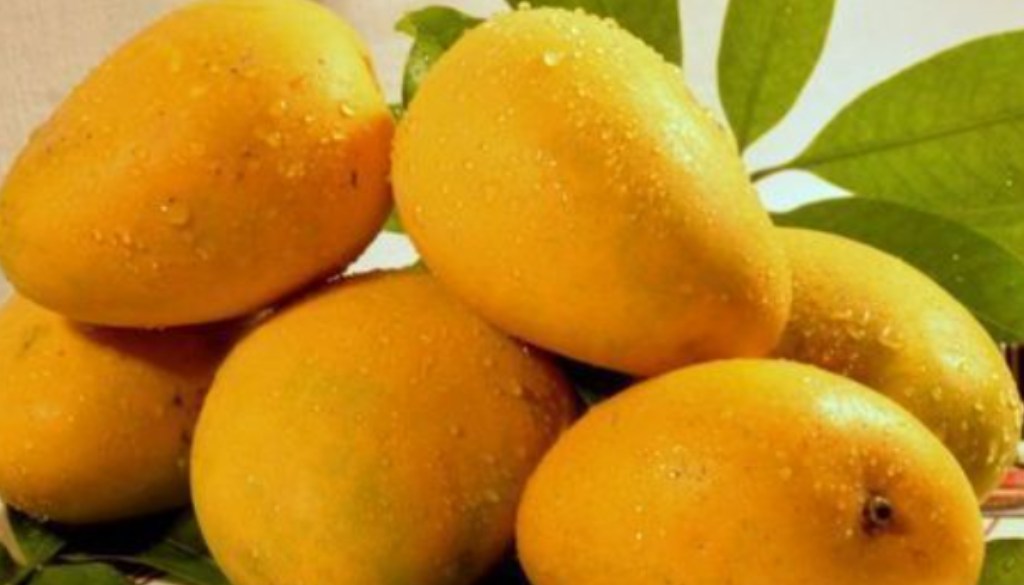Mango Season Safety: How to Choose the Right Fruit and Avoid Health Risks

Pune, 13th April 2024: The mango season often feels as though it officially begins when mangoes make their appearance around Gudi Padwa. Despite this year’s abundant mango harvest, prices have not dropped significantly. People are eager to purchase the fruit, but there are concerns about quality and safety.
What happens when the mangoes you buy turn out to be rotten or, even worse, when they taste sweet but later cause health issues? In recent years, there have been off-season mangoes grown using artificial chemicals and powders, presenting risks to consumers. Today, we’ll explore the guidance offered by the Food Safety and Standards Authority of India (FSSAI) and medical professionals on how to avoid dangerous mangoes in your purchases.
According to FSSAI, artificially grown fruits are considered safe for human consumption worldwide. However, it is crucial to assess how much of the substances used to grow mangoes your body can tolerate and how safe these substances are.
Calcium carbide, also known as “masala,” is often used to ripen mangoes, but its use is strictly forbidden under FSSAI’s Prohibition and Sale Regulations, 2011. The regulatory agency points out that the process of artificially ripening mangoes often releases acetylene gas. Calcium carbide poses a risk not only to consumers but also to handlers, making its use hazardous and unwarranted.
Dr Santosh Pandey, a naturopath at Rejua Energy Centre in Mumbai, advises that ideally, mango should be oval or bean-shaped and emit a sweet aroma, particularly around the stem. Chemically ripened mangoes often display yellow and green spots on the surface, while naturally ripened mangoes have a uniform mixture of green and yellow.
Here are ways to identify whether a mango is naturally ripe or not:
1. Water Test: Place the mangoes in a bucket of water.
– Naturally ripe mangoes will sink.
– Artificially grown mangoes will float.
2. Juice Content: Artificially grown mangoes have very little or no juice, whereas naturally ripe mangoes have a high level of natural juice.
3. Color Consistency: When a mango is cut in half, if it is artificially ripened, the colour of the pith near the skin will differ from the inner pith. Naturally ripened mangoes will be uniformly yellow throughout.
To choose the right mango:
– Purchase from trusted sellers: It is best to buy from reliable and reputable sources.
– Wash thoroughly: Clean the fruits well with clean water before consuming.
– Avoid black spots: Steer clear of fruits with black spots on the skin, as these may have been ripened using acetylene gas produced from calcium carbide.
Following these tips can help you select ripe, safe, and delicious mangoes.





